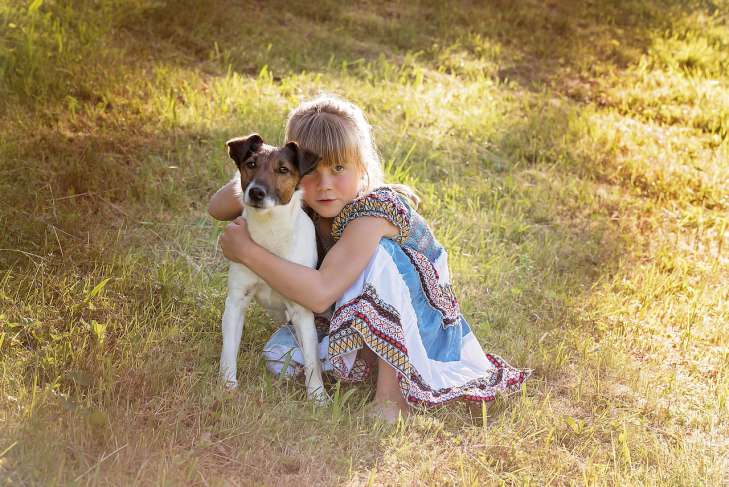Good to Know: Which Dog Breeds Are Suitable for Children
Oregon State University researchers are conducting more research to better understand the factors that contribute to differences in levels of synchronization and other aspects of bond quality between dogs and children compared to dogs and adults, including participation in animal-assisted interventions and increased child responsibility for caring for the dog.
What breed of dog loves children most
Among medium-sized dogs, the most suitable for children are corgis, English bulldogs, Welsh terriers, border collies, poodles, cocker spaniels, shelties, beagles, collies, basset hounds, whipets, and sharpeis.
For restless children, English bulldogs will be the best companion.
At what age is it better to get a dog for a child
Dog handlers recommend getting a dog no earlier than the child turns 7 years old.
At this age, children are already aware of responsibility and are able to take on part of the responsibilities for caring for the animal.

Is it possible to get a dog if you have a small child
In fact, you can get a dog even if the child is very small. But parents must understand that this is 100% their responsibility.
Until the age of three, a child cannot take care of a dog, but can make friends with it.
What are the benefits of a pet for a child
Children growing up side by side with dogs have higher self-esteem, developed cognitive skills, and lower levels of anxiety.
In addition, most importantly, an easier and slightly happier outlook on life.
Small children are drawn to dogs quite instinctively because they see the best in them.


